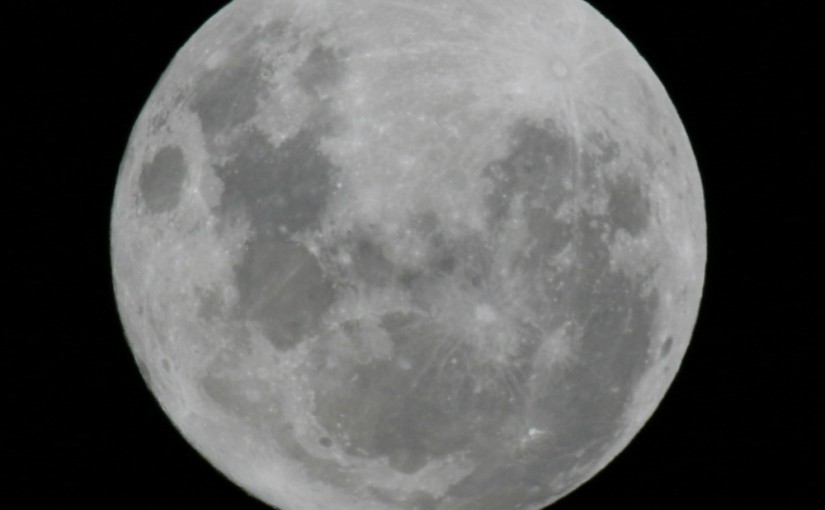South Africa: Holgate Foundation embarks on Mozambique expedition with Land Rover Defender convoy
Watch – Supermoon may be biggest since 1948

File photo
If you step outside on Monday 14th November, you might notice the moon is looking bigger and brighter than usual.
Unless you’ve been living in an internet-proof bunker, you’ve most likely heard about the record-breaking supermoon that will grace our skies on the eve of November 14.
This isn’t the only supermoon we see this year, but it will be the one you don’t want to miss because it is the one that is closest to perigee. The Supermoon of November 14 is so hotly anticipated that Facebook events showing the best places to view it “have been going viral”.
A statement from the United States National Aeronautics and Space Administration (NASA) said the term “supermoon” had entered popular consciousness in recent years. So for me the full moon of November 14 will be a perigee full moon, which conveniently indicates that the moon will be at or very near perigee at the time of full moon. The tides get even higher during “supermoons” simply because the moon is closer to Earth. When a full moon makes its closest pass to Earth in its orbit it appears up to 14 percent bigger and 30 percent brighter, making it a supermoon. This is the time of the full Moon, which now, “because of the smaller distance, appears larger and more impressive”. As per the reports by NASA, 2016 will record three supermoons, one of which has already occurred in October.
Sometimes the moon’s orbit brings it a little closer to us, and sometimes it’s a little farther away.
Unfortunately for those of us in Europe and Africa, it has been estimated to be at its absolute closest at just before 2pm GMT, 3 pm CAT, meaning it won’t be seen, but those in Asia will have the clearest sight of the extra-supermoon. The full moon crest, however, will occur two hours later at 12:23 a.m. on November 15. So the next perigee full moon after this one will be 413 days, or 14 full moons later, on January 2, 2018. The Supermoon reaches its maximum size around 4:23am on November 14. If you stare at the moon without any landmarks or buildings nearby, it won’t look much different from a normal Moon. This closest point of orbit is called the perigee. The vantage point and perspective it is seen from can make all the difference in how much one appreciates viewing it.
This month’s supermoon will be the biggest so far of the 21st century.













Leave a Reply
Be the First to Comment!
You must be logged in to post a comment.
You must be logged in to post a comment.